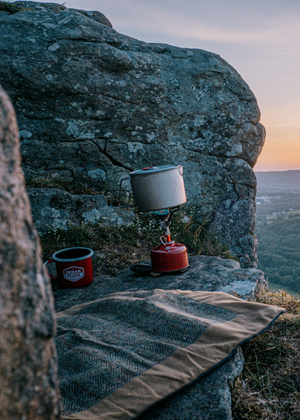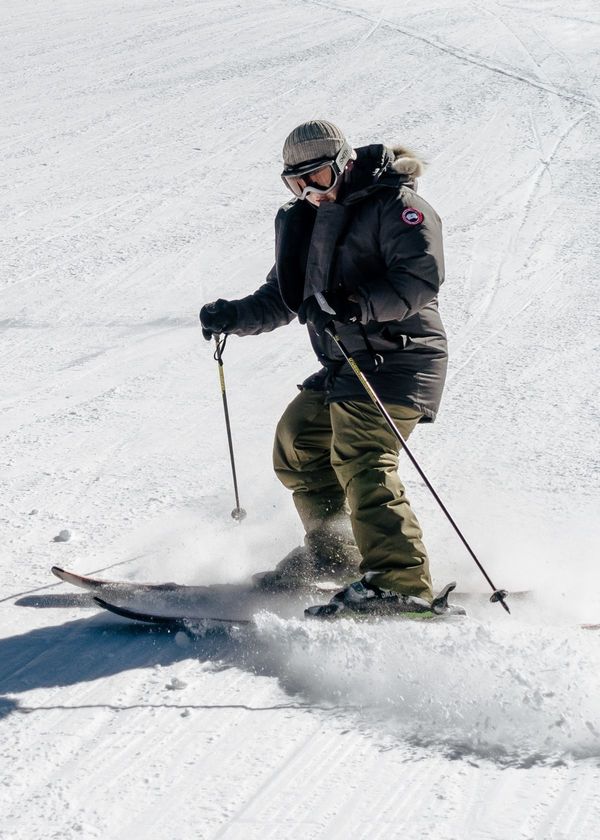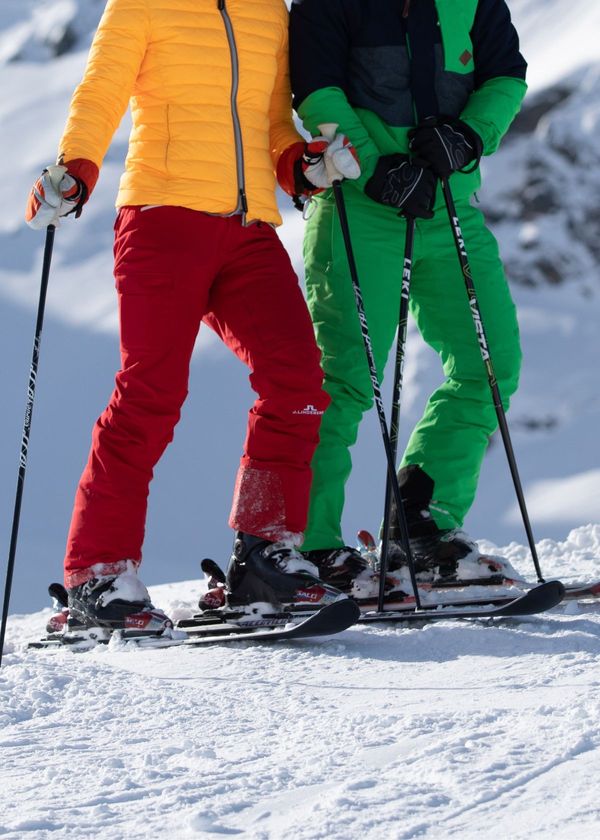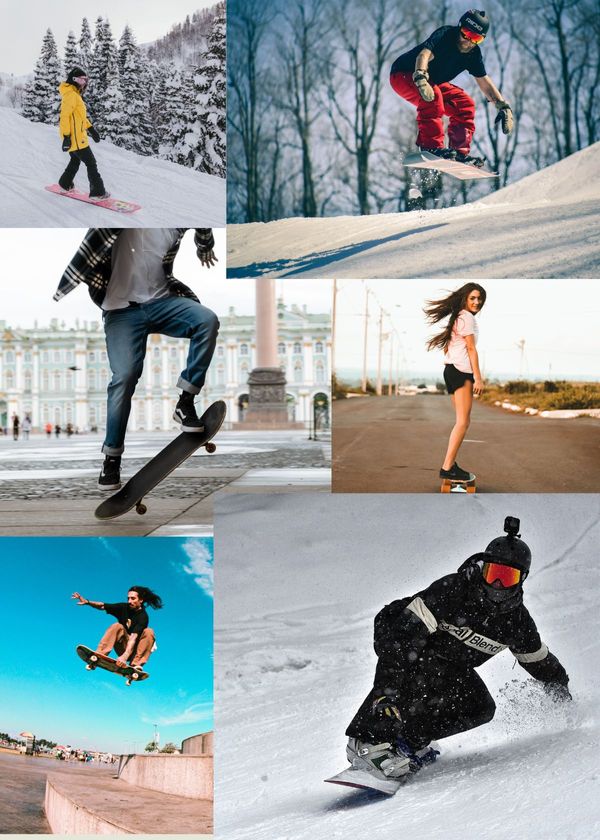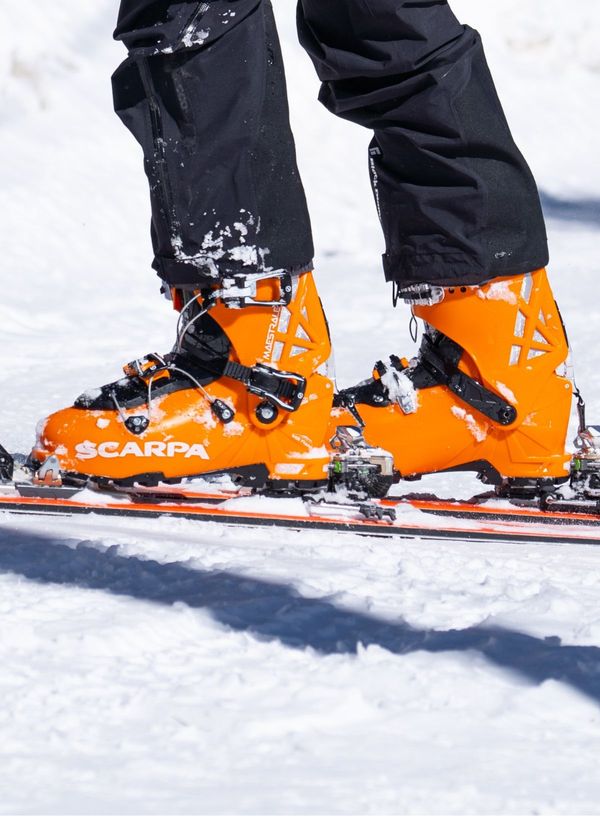Are you ready to conquer your fear of skiing?
Well, don't worry, because we've got you covered with this simple guide to help you glide gracefully towards a stop on the slopes!
From tips and tricks to important safety advice - we've got everything you need to know about how to make a smooth stop on skis.
So buckle up and let's hit the snow!
Conquer Your Fear of Skiing – A Simple Guide to Stopping On Skis
If you're new at skiing, stopping can seem like an intimidating part of the experience.
But don't worry - with practice and patience, anyone can learn how to stop safely and peacefully on skis. Here are some tips and tricks for getting a handle on stopping while skiing:
1. Start by mastering the snowplow
This is one of the simplest techniques used in skiing as it enables you slow down more quickly than other methods.
It’s essentially just pushing both ski tips inward so they form a “V” shape (like a snow plow).
This in turn destabilizes your body allowing you to come to a slow but safe stop without the risk of falling over.
2. Get comfortable with wedge turns
A wedge turn is another great way to slow down while skiing (aside from using snowplow).
The basic idea is that when turning either side, your feet should move closer together as opposed them spreading apart (like when making regular turns).
This will cause friction between your skis which will eventually bring them back parallel (a “flat” stance) helping you come out of turns slower than usual.
3. Use traverse or sideslip
When conditions aren't ideal for taking long runs in full speed, sideslipping is an effective alternative method used by skiers worldwide (especially beginners).
To execute this technique properly, keep your feet perpendicular across each other while pushing them outward away from each other until they're forced against the direction of gravity frontward (sideways).
This will cause disruption in balance resulting in slowing/stopping motion such as during sidestepping or traversing downhill diagonally.
4. Practice ski braking
Similar concept here where ski brakes involve pressing outward against both edges simultaneously in order reduce speed even further during those unfortunate slippery situations.
As far as positioning goes, think of it like having your hands holding onto the roof bars within reach of each other while pushing outwards away from each other - similar idea applies here when using ski brakes too!
5. Increase resistance
It's always helpful if there are ways around dealing with icy or hard packed terrain conditions as well; increasing resistance through keeping weight onto backside can be especially useful here since it'll force your skis into taking longer time turning/slowing down due increase friction created between two surfaces thus providing better control over movements executed within any given moment during slope run-offs!
6. Pre-emptive measures
Don't forget about pre-emptive measures either!
New skiers, take note: brushing up on your knowledge of ski stops like moguls and powdery surfaces could be a total game-changer if unexpected terrain throws you for a loop.
Familiarizing yourself beforehand with different terrains will not only give you an edge when it comes to executing moves during precarious moments; but ultimately save the time that would have been lost thanks to unwelcome surprises!
7. Last Resort
And lastly, simply slowly fall to one side or you may be able to simply sit down going from a standing position to a squat to your side.
8. Practice, Practice, Practice
Ski resorts often hold classes for beginning skiers to familiarize themselves with many of these techniques.
Before you hit the ski lift to begin your journey down the steeper slopes, practice, practice and practice on the gentle slopes first.
Now that you have several methods to stopping on skis, be sure to make sure you have the correct ski gear prior to hitting the slopes.
Thanks for Reading!
and
Happy Skiing!


